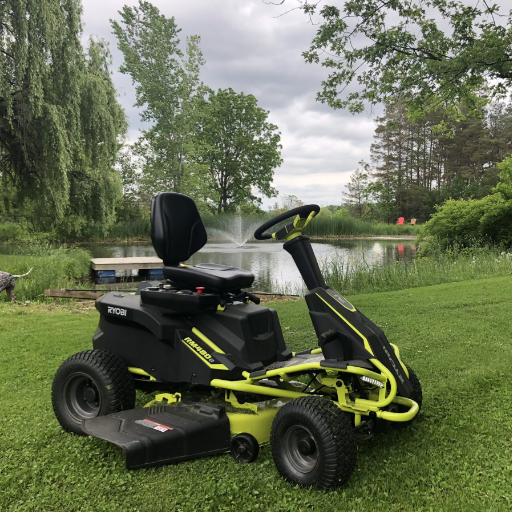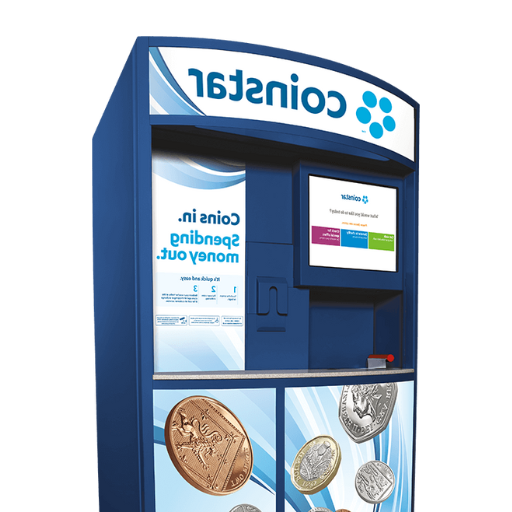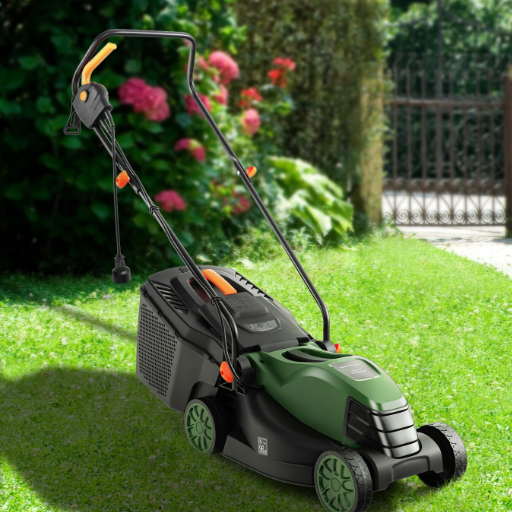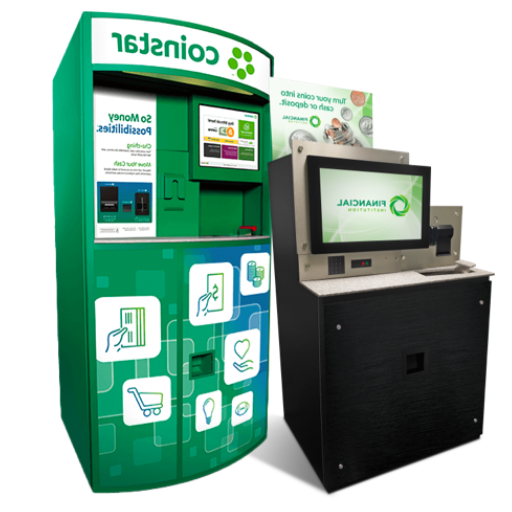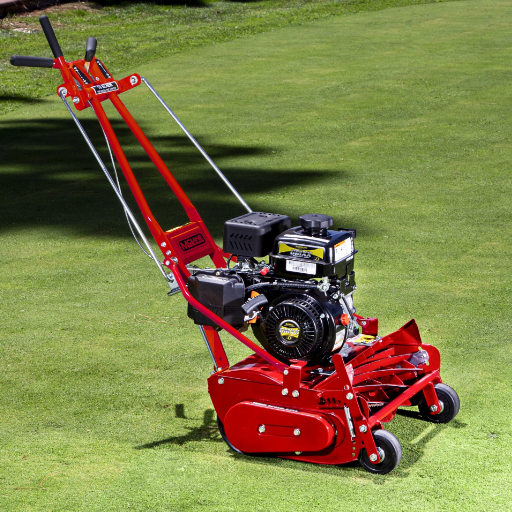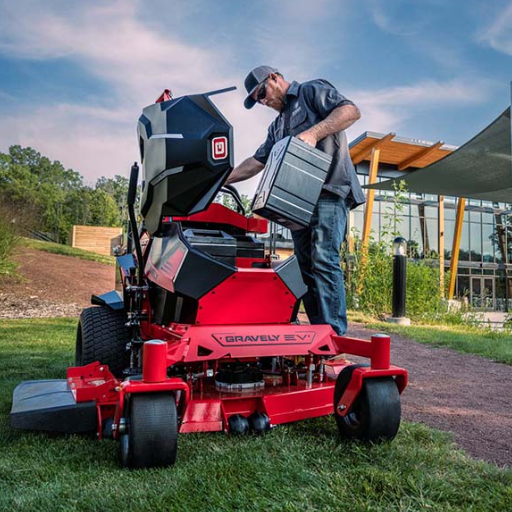Packaging nowadays is regarded as an appropriate means of marketing and advertisements for baked products. Without a doubt, the need for these machines has grown with the increase of bakeries and consumers for these products. At first, the concept of using bakery packaging machines was a new challenge for many countries because it changed the way baked products were sealed and wrapped. The purpose of this article is to focus on the various types of bakery packaging machines available in the market, their unique features, and how they are used. The article also outlines the benefits of investing in different technologies to help the bakery owners and operators address the machines that can bind mass growth of the industry. Further, we would look upon future trends in the packaging of the products which might boost the effectiveness and productivity of the bakery industry.
What Are the Different Types of Packaging Machines for Bakeries?
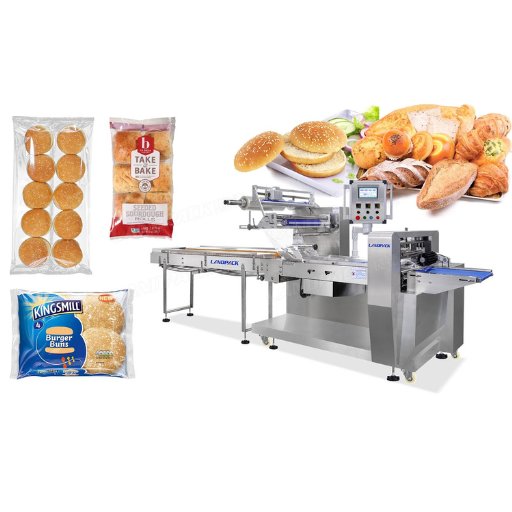
In the bakery industry, several types of packaging machines are utilized to optimize the packaging process, each serving specific purposes and product types. Flow wrappers are commonly used for packaging a variety of baked goods, from cookies and pastries to breads, providing a hermetic seal that ensures freshness. Vacuum sealers remove air before sealing the package, extending shelf life, particularly for items prone to staling. Overwrappers, often used for cakes and high-end pastries, offer an aesthetically pleasing finish and additional protection. Tray sealers are ideal for packaging larger batches of products, like muffins or bagels, in trays that can present items neatly to consumers. Each machine plays a critical role in maintaining the quality and appeal of baked goods as they move from the bakery to the customer.
Exploring Flow Wrapping Techniques
Flow wrapping involves encasing products in plastic film that is folded and heat sealed at the ends. The machine automatically feeds the product into the film, forming a continuous package, which is then cut to size. This method is ideal for high-speed production and provides a tight, protective seal to maintain product freshness and extend shelf life. Flow wrappers are versatile, handling various product sizes and shapes without compromising the integrity or appearance of the baked goods. By adjusting the machine settings, operators can quickly switch between different wrapping materials and package dimensions, enhancing adaptability in a fast-paced bakery environment.
Benefits of Using a Wrap Machine in the Bakery Sector
Wrap machines boost efficiency and elevate product quality in the bakery sector. They significantly reduce packaging time, allowing bakeries to meet high-volume demands during peak hours. By ensuring a consistent and secure seal, wrap machines maintain the freshness of baked goods, which can lead to prolonged shelf life. This not only decreases waste but also enhances customer satisfaction, as they receive fresh, appealing products. Additionally, wrap machines can accommodate varying product sizes and materials, providing the flexibility bakeries need to offer diverse product ranges. Furthermore, these machines often lower labor costs by automating packaging tasks, enabling staff to focus on other critical operations.
How Does a Bakery Packaging Machine Enhance Efficiency?

A bakery packaging machine enhances efficiency by automating the sealing and wrapping processes, significantly reducing the time it takes to prepare products for sale. This automation minimizes human error and ensures uniform packaging quality, which is essential for maintaining the professional appearance and freshness of baked goods. By handling large volumes of products quickly, these machines allow bakeries to keep up with high demand, especially during peak business periods. Additionally, the versatility of such machines in accommodating different product sizes and types means less downtime for retooling or adjustments, further streamlining operations and maximizing productivity.
Improving the Packaging Process Through Automation
Automation transforms bakery packaging by boosting speed and reducing errors. State-of-the-art machines swiftly seal and wrap products, ensuring consistency in quality and appearance. These systems handle high volumes with ease, cutting down labor costs and allowing staff to focus on core tasks. Adaptable to various products, they reduce downtime by minimizing the need for manual adjustments. Ultimately, automation leads to fresher products, prolonged shelf life, and happier customers, driving efficiency and profitability for bakeries.
Integrating Robotic Solutions for Bulk Baked Goods
Integrating robotic solutions into my bakery has revolutionized how we handle bulk baked goods. The advanced robotics manage heavy workloads effortlessly, resulting in faster packaging times and reduced labor costs. By using robots, I’ve minimized errors, ensuring each product is consistently wrapped and sealed with precision. These systems are highly adaptable, handling various product sizes and shapes without frequent adjustments. Not only have they increased our productivity, but they’ve also improved the freshness and shelf life of our products. Consequently, customers are more satisfied, and our business is more profitable, thanks to these cutting-edge technologies.
Enhancing Product Packaging with Advanced Packaging Equipment
Advanced packaging equipment revolutionizes the production line by enhancing speed and accuracy. This machinery reduces manual labor, allowing for consistent product packaging and maintaining high standards. Automated systems manage various sizes and shapes efficiently, minimizing the need for continual readjustments. They also improve product freshness and extend shelf life by creating airtight seals, which retains each item’s quality. These innovations lead to reduced operational costs and increased profits, as staff can focus on essential tasks, ensuring enhanced overall productivity. Ultimately, investing in advanced packaging equipment directly contributes to customer satisfaction and business growth.
Why Is Bakery Packaging Important for Food Packaging?

Bakery packaging is crucial to food packaging because it protects the products from environmental factors such as moisture, air, and contaminants, which can affect freshness and taste. Proper packaging ensures that baked goods remain intact during transportation and handling, preventing damage and spoilage. Additionally, packaging plays a vital role in extending the shelf life of products, helping to maintain their quality over time. It also serves as a vital communication tool, providing essential information to consumers about ingredients, nutritional content, and expiration dates, which can influence purchasing decisions. By prioritizing effective bakery packaging, businesses can uphold product integrity, satisfy customers, and enhance overall brand reputation.
Ensuring Shelf Life of Baked Products
To ensure the shelf life of baked products, I focus on using airtight packaging that blocks moisture and air. It’s crucial to keep the baked goods fresh and prevent spoilage. I also emphasize choosing the right packaging materials that suit different types of bakery items, which minimizes contamination and preserves taste. Additionally, clear labeling helps communicate important information to consumers, making it easier for them to make informed choices. By implementing these strategies, I can maintain product quality, meet customer expectations, and strengthen my brand’s reputation.
Adhering to Packaging Solutions for Secondary Packaging
Secondary packaging plays an essential role in protecting and presenting bakery products. It not only enhances the product’s visibility but also ensures additional protection during transportation. When selecting solutions, prioritize sustainable materials that minimize environmental impact while safeguarding the product. Engage in efficient design that reduces waste and improves functionality, such as reusable or easily recyclable options. Utilizing clear visual elements can enhance brand recognition and communicate important product information effectively.
How to Choose the Right Packaging Equipment for Your Bakery Products?
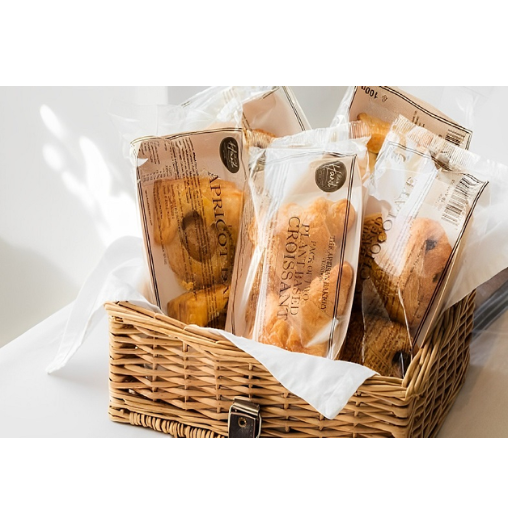
To ensure proper packaging equipment is selected for bakery goods, it is key to take into account several factors. First, begin by gathering the operational requirements related to the kinds of products and the amount being produced per specified timeframe so that both the machines and people are effective. The equipment selected should be suitable for use in all types of packaging, whether it be cakes, bread or pastries. Think about how the equipment will fit into the existing processes in use in the factory so as to maximize effective use of time and minimize chances of waiting for procedures to be completed. Favor machines that are automated or require minimal manual effort, so that time and accuracy levels can be optimized. Moreover, consider the operating cost including energy efficiency and maintenance so that losses are minimized while on a more global perspective, cruelty towards the environment is minimized. Lastly, it is also important to select reliable and established manufacturers who provide high quality assistance in the installation as well as the usage of the machine.
Factors to Consider When Selecting Bakery Packing Machines
When selecting bakery packing machines, consider these key factors to optimize your process:
- Product Compatibility: Choose machines that accommodate the specific types of bakery products you offer, ensuring seamless handling of breads, pastries, or cakes.
- Production Volume: Match the machinery to your bakery’s output volume for efficiency. Machines should handle your peak production needs without bottlenecks.
- Flexibility and Versatility: Opt for machines that adjust to various packaging styles and sizes. This adaptability helps in expanding your product range with minimal additional investment.
- Integration and Automation: Ensure the equipment integrates easily with your existing production line to streamline operations. Automation enhances speed, reduces errors, and frees up labor.
- Energy Efficiency: Select machines with low energy consumption to save costs and support sustainability goals.
- Ease of Maintenance: Prioritize equipment with straightforward maintenance requirements and accessible technical support to minimize downtime.
- Supplier Reputation: Rely on trusted suppliers who offer reliable after-sales service and training to ensure continuous, efficient operation.
Comparing Automatic Packaging Systems and Horizontal Flow Wrappers
Automatic packaging systems streamline processes by incorporating high-speed automation, which reduces manual labor and increases throughput. They offer multi-functionality, handling various tasks like sealing, labeling, and cutting in one go. These systems enhance consistency and are ideal for large-scale operations needing efficiency and precision.
Horizontal flow wrappers, on the other hand, specialize in wrapping individual baked goods with care. They excel in handling delicate pastries and uniquely shaped items without compromising integrity. Flow wrappers enable quick changeovers and customization, which suits bakeries with a diverse product range seeking minimal downtime and flexible packaging solutions.
When choosing between the two, consider speeds, product protection, and specific packaging needs. Automatic systems are perfect for high-volume, uniform products, while horizontal flow wrappers best serve varied, sensitive items with precision and versatility. Both technologies can improve efficiency, reduce costs, and enhance presentation when matched correctly with your bakery’s goals.
Evaluating Packaging Material for Various Baked Goods
When evaluating packaging material for baked goods, prioritize freshness, protection, and presentation. Consider moisture barriers and the ability to maintain the product’s texture and flavor. Materials like polypropylene or polyethylene are common for their strong barrier properties. For eco-conscious options, explore biodegradable materials such as paper or cellulose, which offer good protection while reducing environmental impact. Choose packaging that provides clear visibility to attract customers through appealing presentation. Additionally, confirm the compatibility of the chosen material with your packaging machinery to avoid disruptions and ensure efficiency. Balancing these factors will optimize shelf life and enhance customer satisfaction.
What Are the Latest Innovations in the Bakery Packaging Industry?

Recent innovations in the bakery packaging industry focus on sustainability, convenience, and consumer engagement. One of the leading trends is the development of eco-friendly packaging solutions, such as compostable bags and edible wrappers, which aim to reduce environmental impact. Smart packaging technology, integrating QR codes or NFC tags, allows consumers to access detailed product information, enhancing transparency and trust. Additionally, resealable features and portion control packaging cater to customer convenience, ensuring products remain fresh while reducing food waste. The industry is also embracing automation and robotics to improve packaging speed and precision, meeting the growing demand for efficiency and consistency in production processes. These advancements are reshaping how bakeries approach packaging, ensuring they meet modern consumer expectations and sustainability goals.
Trends in Packaging Applications for Bakery Sector
Trends in bakery packaging emphasize eco-friendliness, consumer engagement, and convenience. Eco-friendly options like biodegradable or compostable materials reduce waste. Packaging that integrates QR codes enhances transparency by providing instant product information. Resealable designs ensure freshness and help control portions, reducing food waste. Automation in packaging processes boosts efficiency, enabling bakeries to meet demand rapidly while ensuring quality consistency. These innovations reflect a shift towards meeting consumer expectations for sustainability and convenience.
Advancements in Automatic Packaging and Palletizing
Advancements in automatic packaging and palletizing revolutionize efficiency. Cutting-edge machinery handles diverse packaging needs, from sealing and labeling to stacking. These systems reduce labor costs by automating repetitive tasks, allowing workers to focus on quality control and innovation. Enhanced sensors and robotics ensure precise operations, reducing errors and minimizing wasted materials. Moreover, the integration of AI and machine learning optimizes workflows, adjusting processes in real-time to boost productivity. With simplified interfaces, businesses can swiftly adapt to new product lines, maintaining competitive edges in fast-paced markets.
Future of Product Packaging in the Bakery Industry
The future of product packaging in the bakery industry centers on sustainability, smart technology, and consumer-centric designs. Bakeries aim to reduce their environmental impact by adopting recyclable, biodegradable, or reusable materials. Smart packaging innovations, like interactive labels and augmented reality, enhance the consumer experience, offering insights into product origin and freshness. Single-serve and resealable packaging designs cater to health-conscious consumers and minimize food waste. Automation and AI will play vital roles, streamlining production and ensuring consistent quality. These trends reflect an industry adapting to evolving customer values and technological advancements, ultimately driving growth and success.
References
-
Syntegon Solutions – Offers insights into innovative bakery packaging machines, including flow wrapping and automated systems.
-
Paxiom Group – Provides details on bakery packaging machines designed for weigh filling, bagging, and wrapping various baked goods.
-
Delkor Systems – Specializes in bakery packaging equipment that ensures quality standards for packing baked goods of different shapes and sizes.
Frequently Asked Questions (FAQ)
Q: What are the most common solutions for bakery product packaging?
A: Common solutions for bakery product packaging include vertical form fill and seal (VFFS) machines, automatic tray forming machines, and case packing systems. These machines are specifically designed to handle a variety of baked goods such as buns, biscuits, croissants, and pretzels.
Q: How does a vertical form fill and seal (VFFS) machine work for bakery packaging applications?
A: A VFFS machine works by forming a bag from a flat roll of film, filling it with the bakery product, and sealing it. It’s an efficient solution for primary packaging of baked goods and can be used in various bakery packaging applications.
Q: What types of bakery products can be packaged using automated bakery packaging machine solutions?
A: Automated bakery packaging machine solutions can handle a wide range of bakery products, including biscuits, buns, croissants, and pretzels. These machines are versatile and can be adapted to package other types of baked goods as well.
Q: Why is modified atmosphere packaging important for the baking industry?
A: Modified atmosphere packaging is important for the baking industry because it helps extend the shelf life of bakery products by altering the atmospheric composition inside the packaging, thus reducing spoilage and maintaining product freshness.
Q: How can bakery companies benefit from automating their packaging process?
A: Automating the packaging process can increase efficiency, improve product consistency, and reduce labor costs. Companies in the bakery industry can benefit from faster production times and enhanced packaging quality when they automate their bakery operations.
Q: What is the role of a conveyor in bakery packaging machine solutions?
A: A conveyor in bakery packaging machine solutions is used to transport bakery products through different stages of packaging, such as weighing, filling, and sealing. It ensures smooth and continuous movement, enhancing the efficiency of the packaging line.
Q: Can bakery packaging machines handle bulk filling for large quantities of baked goods?
A: Yes, bakery packaging machines can handle bulk filling for large quantities of baked goods. These machines are specifically designed for weigh filling, ensuring accurate and efficient packaging of bulk products such as biscuits and buns.
Q: What are the benefits of using innovative packaging solutions for bakery products?
A: Innovative packaging solutions can enhance product appeal, ensure product safety, and improve shelf life. They offer advanced features like modified atmosphere packaging and vertical bagging machines that cater to specific needs of the baking industry.
Q: How can I find the right bakery packaging machine for my needs?
A: To find the right bakery packaging machine for your needs, consider factors such as the type of bakery products you produce, packaging requirements, and production volume. It’s advisable to contact us today for expert advice and customized solutions.



